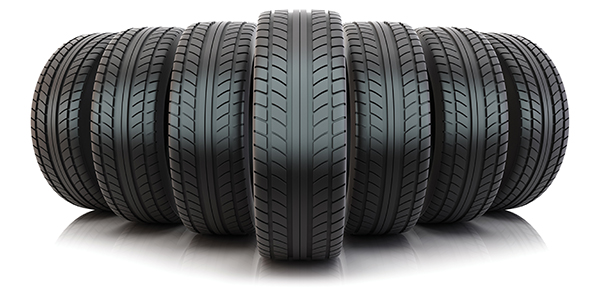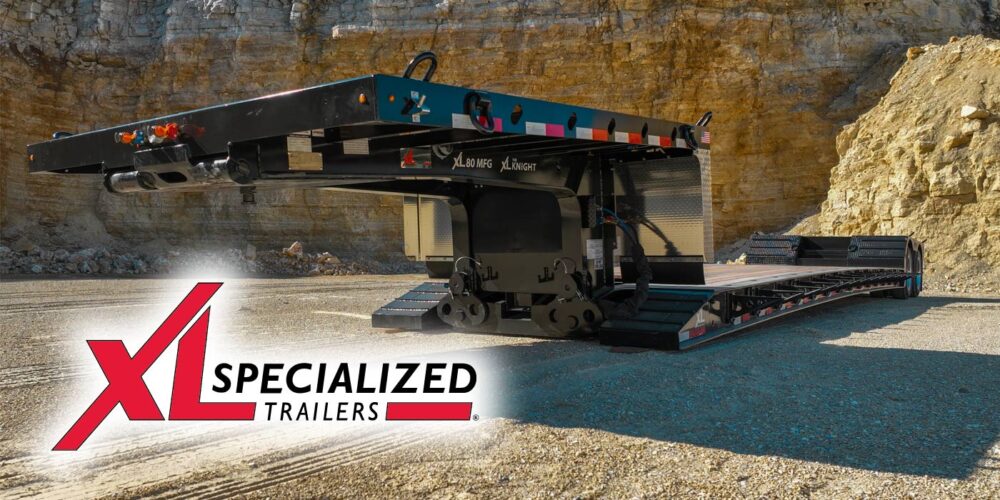Not every tire failure requires a major investigation. Sometimes, the 3-in. screw sticking out the sidewall makes it pretty obvious why the tire is out of service. Other times, the autopsy requires a bit more digging to understand the circumstances that led to the tire’s demise.
In order to get a better idea of what it takes to do an adequate tire postmortem, I talked with Jerry Southergill, manager of technical services for Maragoni North America.
Zipper vs. impact break vs. failed repair
Each out-of-service tire has a story to tell. It’s important to inspect them carefully and take steps to prevent as many premature failures as possible. Reducing waste is the ultimate goal of scrap tire analysis. When looking at a failed tire, it’s important to ask some key questions in the beginning, Southergill said. Among them: Are the failures caused by the drivers? Are the casings failing because they have outlived their useful life? Is there some sort of air pressure/fleet inspection policy that needs to be implemented? If the causes for failure are not properly identified, then the inspection is a waste of time.
It would be easy to look at out-of-service tire shown below and draw the wrong conclusion about why it failed. Was it an impact, a failed repair, a chipped bead, a puncture, a road hazard, or was it run underinflated? These are just some of the possible options that led to damage.
An impact can result in immediate deflation of the tire, which would not account for the extensive degree of separation seen here. However, an impact can also result in the tire liner being split without any immediate loss of air pressure. This type of impact results in air migrating through the damaged liner until it reaches a place where the air can escape and the tire loses some or all of its air pressure. In this instance, tire failure might occur long after the initial impact happens and therefore the driver believes that he or she did not hit anything.
Failed repair
A failed repair can result in similar air migration and subsequent separation and loss of pressure.
Chipped bead
A chipped bead usually results in air travelling to the high flex part of the sidewall and a “picture window blow out.” If the tire is not taken out of service it could end up looking like this one.
Puncture
A nail or screw that punctures the tire might remain in the hole, as shown in this picture, and prevent the tire from losing air pressure. The pressure inside the tire is then allowed to migrate into the casing and cause extensive separation before finally failing.
Underinflated
A tire that has been run underinflated for an extended period of time will usually form a straight line in the high-flex area of the casing where the body ply has been repeatedly bent to the point of finally breaking.
Because of its appearance, it is referred to as a zipper. If one of the frayed cables punctures the inner liner the air is free to migrate and result in extensive separation as seen in this tire.
Stone drilling
In some cases, removing your tires from service a little sooner than usual will actually improve your tire budget. Stone drilling occurs when sharp stones become caught in the tread grooves and cut through the undertread to expose the belt package to the elements. If the environment you operate in subjects your tires to stone drilling, then it is advisable to remove them before extensive damage is done to the casings that will result in them being non-retreadable.
If the tread is less than 6/32 deep, this damage will probably cause the tire to be rejected by the retreader due to the resulting rust in the belt package.
These pictures show the extent of the damage after the tread has been removed during the retreading process. If it is retreaded it will require extensive skiving that may result in an inferior product.
High-quality retread rubber specifically designed for on/off-road applications will help protect the casing much better than the tread compound of a virgin tire. There is also an additional layer of undertread built into the retreaded tire that will provide additional protection from stone drilling.



















